In this week’s Postcard, Yasmin Chopin takes us to Valencia in Spain, a few months before the tragic floods that hit the city in November.
Yasmin Chopin is a writer and researcher based in the UK. With a PhD in Creative Writing, she aims to inform and inspire people to think and write about place in unique and different ways. Focussing on the niche genre of Place Writing, Yasmin’s substack provides insight into this relatively new field of writing—her introductory post explains what Place Writing is and, in another post, Yasmin teases out the differences between place writing and the more familiar genre of travel writing.
THE CITY
When I was first in Valencia, it must be over twenty years ago, being unfamiliar with the geography of the city, I stayed in a hotel near the airport, it was far less charming than the four-star boutique hotel, NH Collection, that I’d booked as my base for a few days in June 2024. During those two decades I had fallen in love with Spain, travelled its length and breadth, and I’d settled on its third largest city as my ‘go to’ place for time away from the ordinariness of my daily life. Valencia is densely packed with buildings, on the map its roads appear like concentric circles that spread out from an all-seeing eye; the city is old—the city is modern; it brims with memories and dreams. And the mediterranean sea sits on its boundary to the east, only a few stops on the metro, where waves suck and lap, and the sand is soft and clean.
I learned that on arrival at the airport after a late evening flight, the taxi I’d ordered to pick me up, a complementary service offered through Booking dot com, would not be waiting for me after all. But I knew that the metro was safe and the journey straightforward, and I was relaxed about changing my travel plan. Even now I can sense the excitement I felt when I purchased the metro ticket on the concourse and walked through to the platform. The train waited, weathering a stream of passengers boarding, most were speaking Spanish in the animated way they do, and the noise level inside the car got louder and the people even more animated as we sped through the tunnel towards the city centre.
HOTEL
My hotel on this occasion was located not far from the Old Town or ciutat vella, and despite being situated on one of the busiest streets in the city, Calle Colón, it was calm and peaceful behind discrete entrance doors, its foyer safe and snug away from the flux. I was warmly welcomed by the hotel receptionist and directed to the lift which took me to my room on level four. I noticed that the decor throughout was modern, mainly black and white, with geometric patterns on the walls and floors.
Breakfast was included, served in the chic and comfortable restaurant; peeled fruits were sliced onto platters and their vibrant colours and their intoxicating scents were more seductive to me than the buffet’s fresh bread rolls, pastries, cakes. I poured myself a glass of freshly squeezed orange juice—oh wait, over in the corner an ice bucket, with an opened bottle of Cava. Tomorrow tomorrow!
An en-suite bathroom was wedged into a corner of the bedroom’s rectangular footprint, its shower had a confusing range of options with knobs that never seemed to operate the same way twice, and the lighting lacked the precision and intensity I personally need for applying make-up, and pictures hung, annoyingly, very slightly crooked. Yet, the bed was comfortable, the room sound-proofed, and a good selection of TV stations kept me entertained in the evenings.
LOCALE
Using the pedestrian crossing points to navigate the main road outside the hotel, in a few minutes I could enter the city’s famous department store, El Corte Inglés, or descend the white marble metro steps into the modern ticket hall. I never worried about being alone in Valencia, but I was always cautious—steering clear of empty streets, keeping my bag zipped and close to my body, relinquishing all jewellery, looking as though I knew my way around.
Sometimes I walked the same walk, toward the metro station and then on along to the roundabout that encircles the Puerto de la Mar constructed in 1946 to honour the fallen of the Spanish Civil War, and further, crossing the dry riverbed via another of the Valencian architect Santiago Calatrava’s impressive designs, a bridge known as La Peineta because of its resemblance to the traditional ornamental comb worn by women under a lace head covering.
Although the weather was sunny most of the time, there were occasional unpredictable showers. Umbrellas danced above the heads of shoppers like commodious outstretched butterflies, not only giving protection from the rain but also adding colour and texture to the street scene. One day, when I emerged from the department store, I joined a throng of customers biding time beneath its awning, waiting for a shower to ease, but then one by one we conceded, they to their bus stops and waiting cars, and I towards the steaming warmth of a cafe.
ART
Over the few days of my stay I kept walking along pavements and paths, coming and going from the hotel, following my instincts like an animal on the scent of its prey, but in the midst of my trailing and tracking I took to resting at intervals on some of the many benches that punctuated my journey. In the gardens next to the Museum of Fine Arts, Museu de Belles Arts, the seating had charming colourful patterned tiles covering its many jaunty-angled surfaces.
Even as I entered the foyer of the stone building that was the Museum I noted a serene ambience, a strange kind of peacefulness that permeated the rooms. Though it was permitted to chat, and children who might not be stilled were allowed in, respectful quiet hovered over the gallery rooms, and cooled air from discreet ducts throughout the building brushed our bare arms and faces. I looked afresh at Miró’s work, taking it slow, examining each print separately and together—they were displayed in groups of four—I re-established that I was a fan, that I had always admired his work, that I would aspire to see more of it whenever I could and that, perhaps, since it had been more than thirty years, I’d re-revisit the Fundació Joan Miró museum in Barcelona.
FOOD
Wherever you are in the city you are never far from food and drink. It seems as if every other establishment is a bar or a restaurant, with tables and chairs and sunshades crowding pavements and squares. If I was hungry, I’d either stop and enjoy patatas bravas, a dish of garlicky spicy fried potatoes, or I’d scan the shelves of the supermarket—there are two close to the hotel, Mercadona and a smaller one in the basement of El Cortes Inglès—replete with deli food and ready-prepared salads, breads, cakes, and fruit, all easy to eat when you have no access to cooking facilities.
I would amble back to the hotel, protected by the shadow of tall buildings from a scorching sun, or a shower of rain, and by the time I reached the now familiar grey glass sliding doors, I would be thirsty and ready to sit, so I’d take a few more steps to the bar next door, grab a vacant stool and order a beer. ‘Cerveza, por favor!’
Perhaps the city reminds me, particularly, of Paris and Barcelona. Perhaps the city reminds me, palpably, of every place I’ve been to and would like to go again. This trip for me was all about unwinding in a city I know well, no longer a tourist but rather an appreciative visitor thankful for its hospitality, and already I’m thinking about next time.
Check out Yasmin’s post about Place Writing! ⬇️





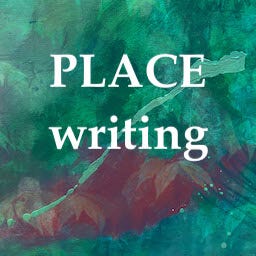
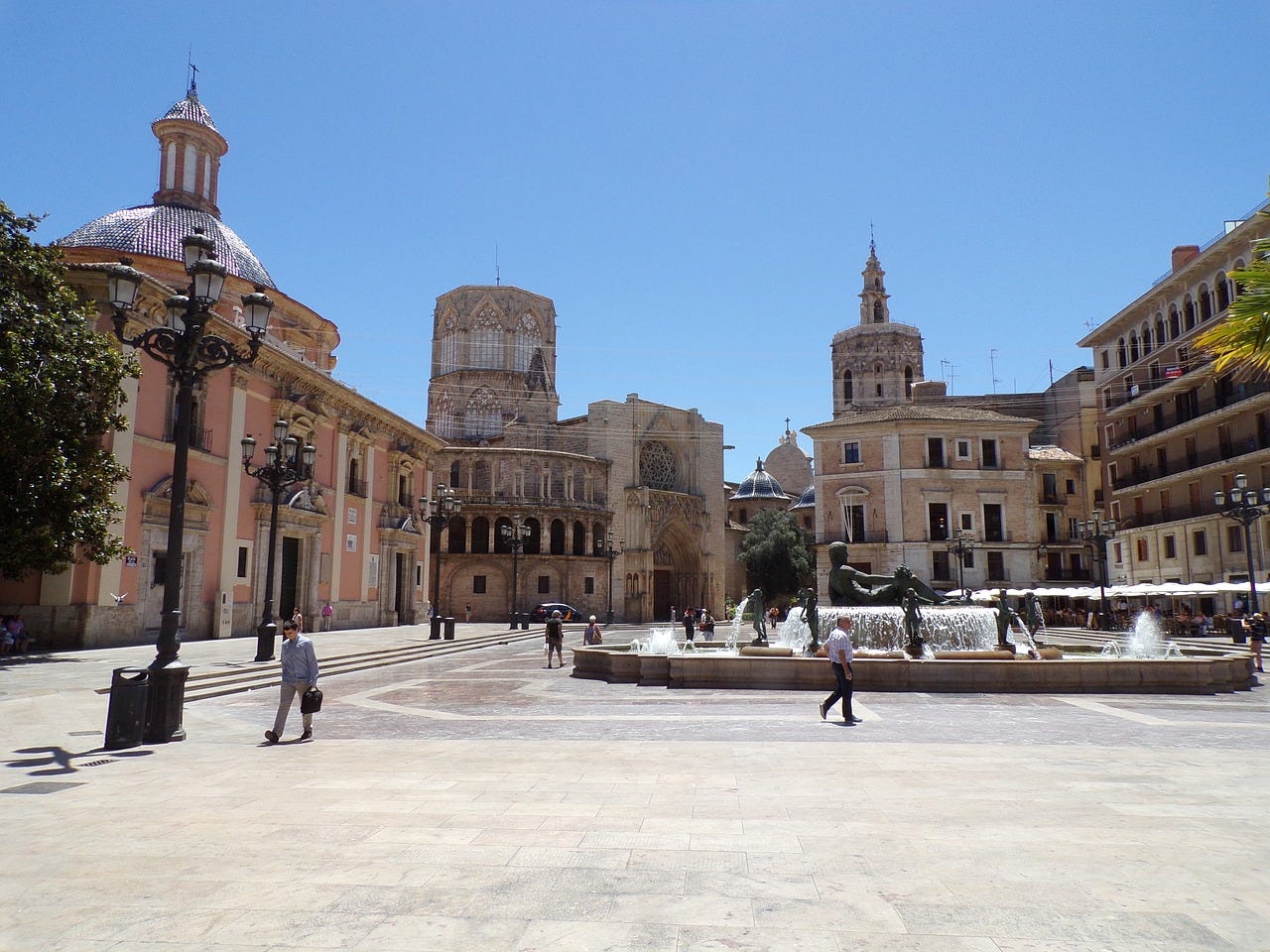
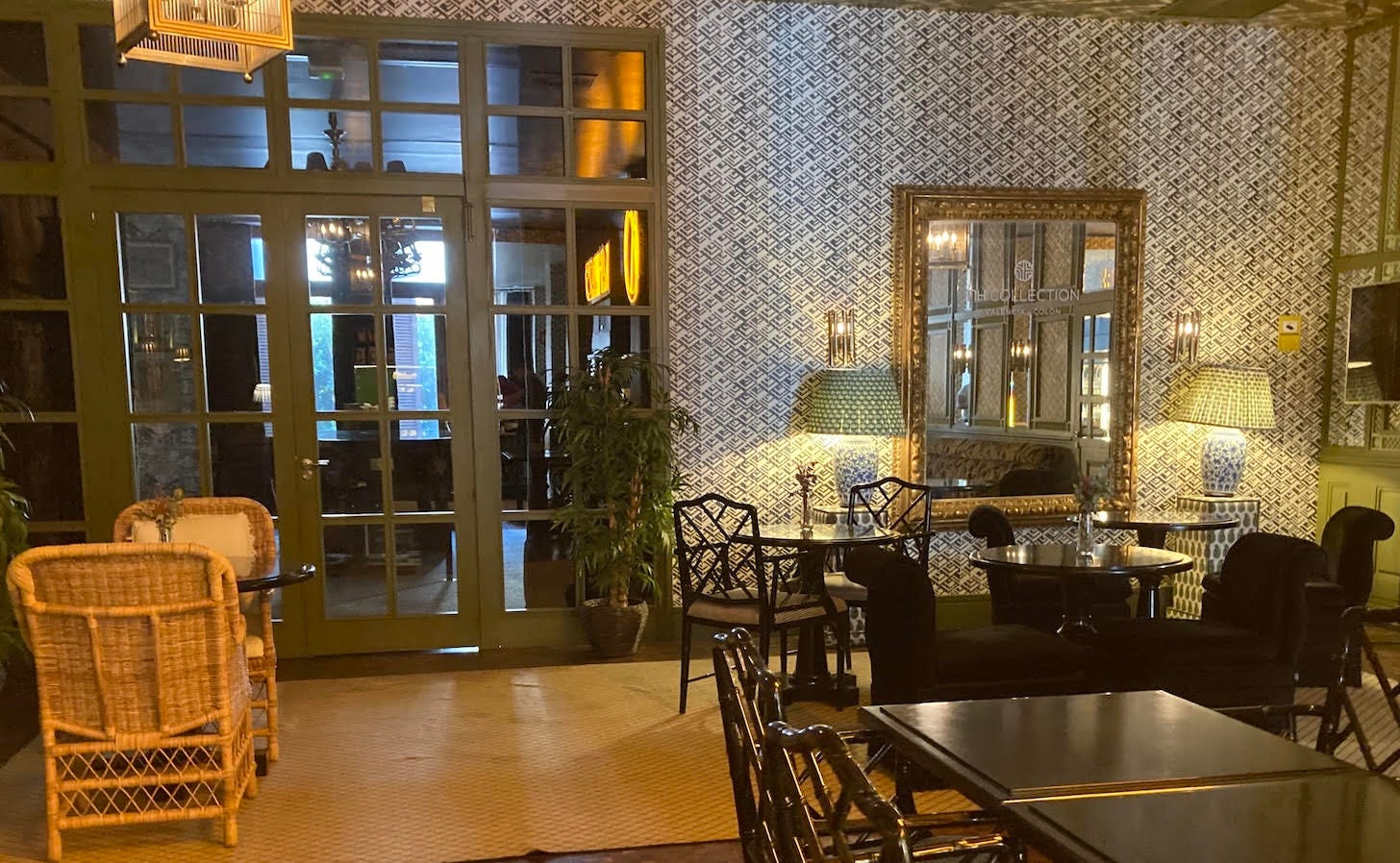
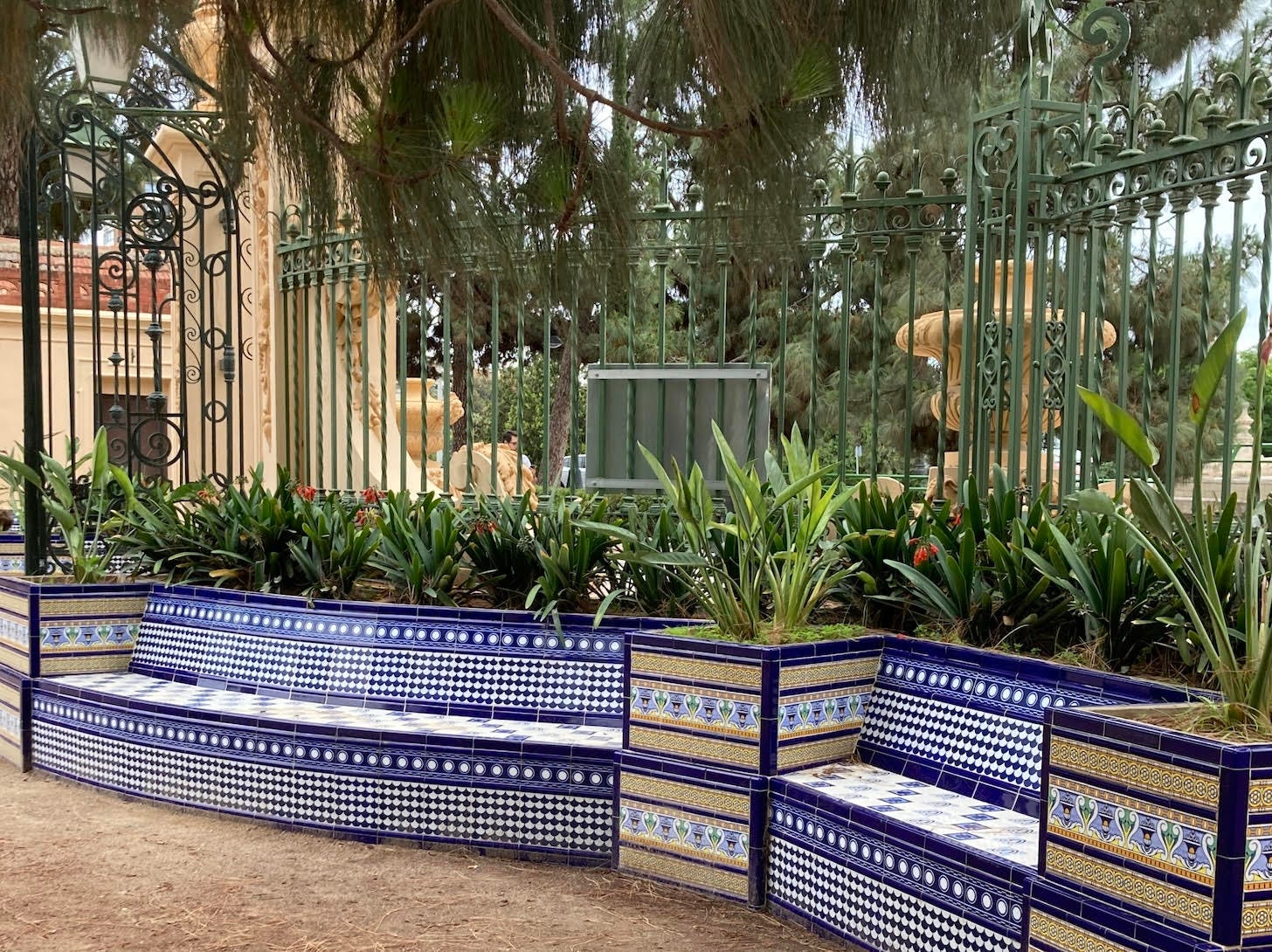
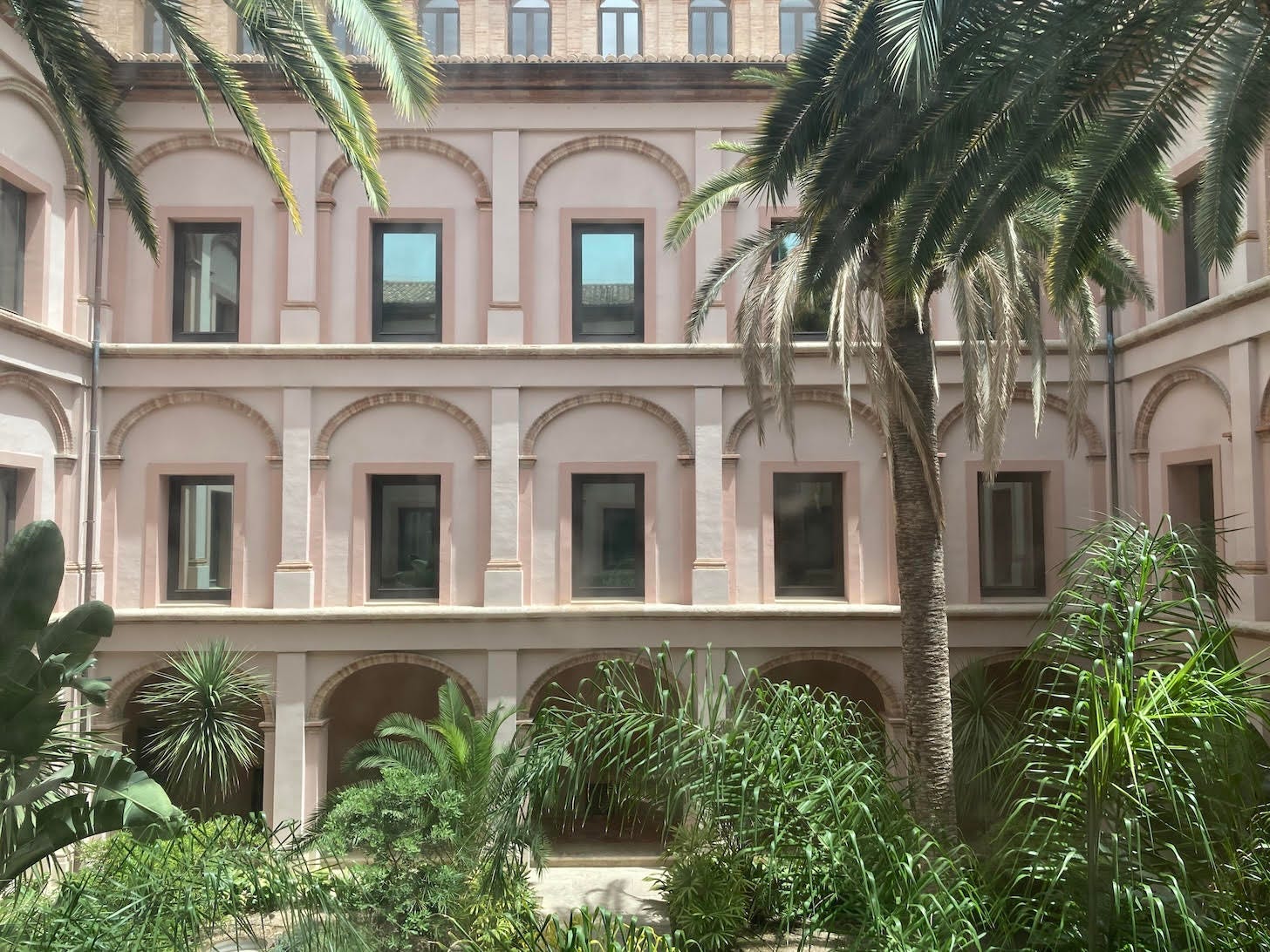

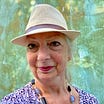
This was so lovely to read, Yasmin! I love this city too, which is something I'm only discovering now on my second visit. I did it wrong the first time.
Thank you for this delicious visit to Valencia with you. I just feel like a transported there for a few moments while I also sipped coconut water on my balcony in Bali! Your love for this place is palpable.